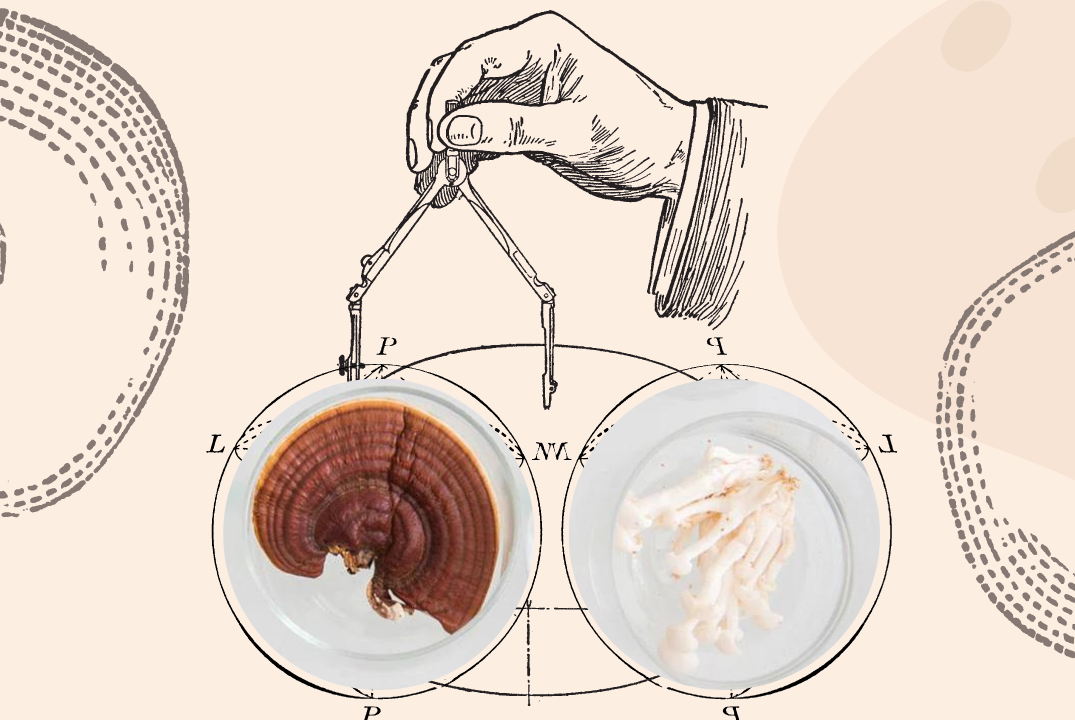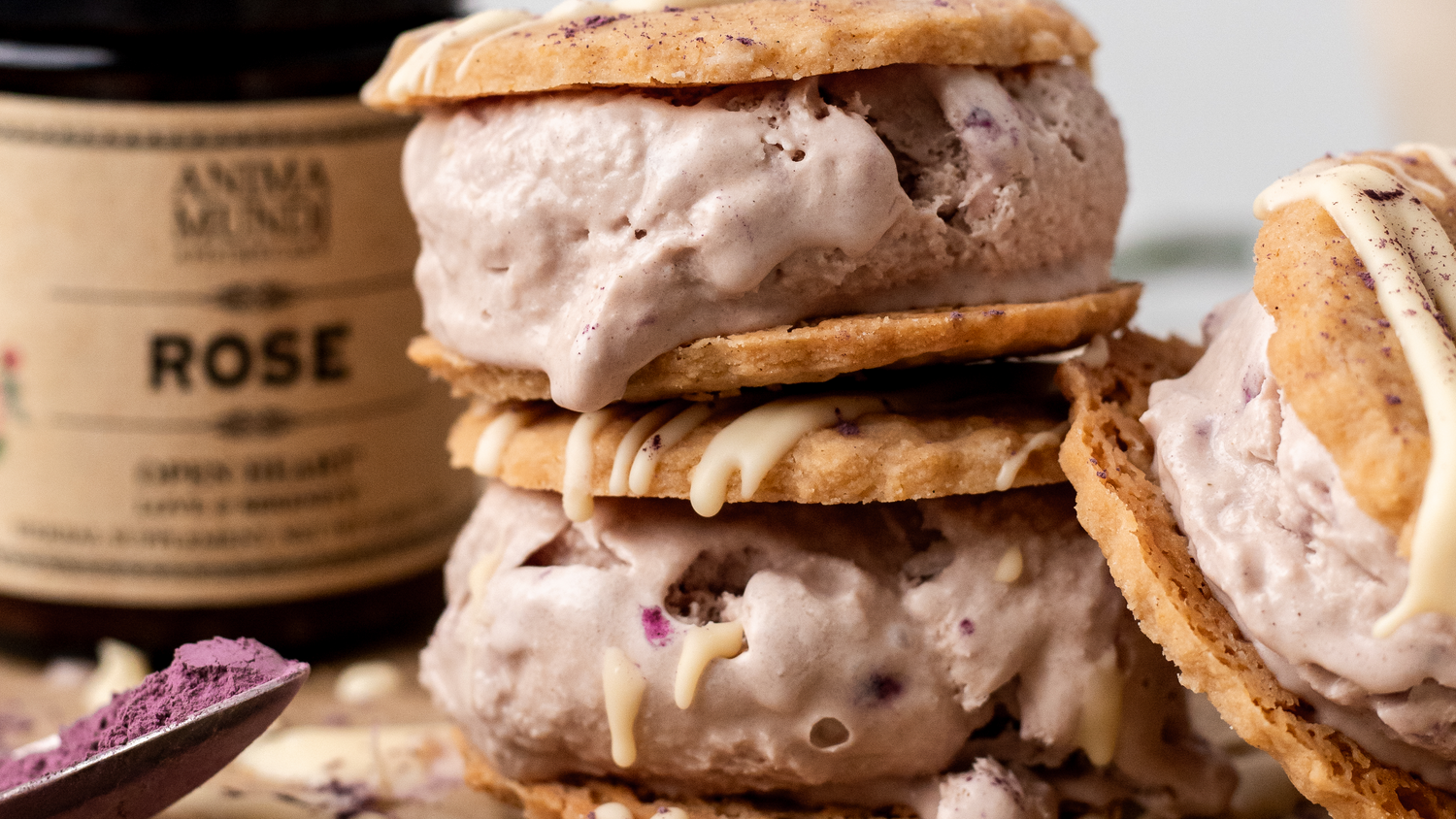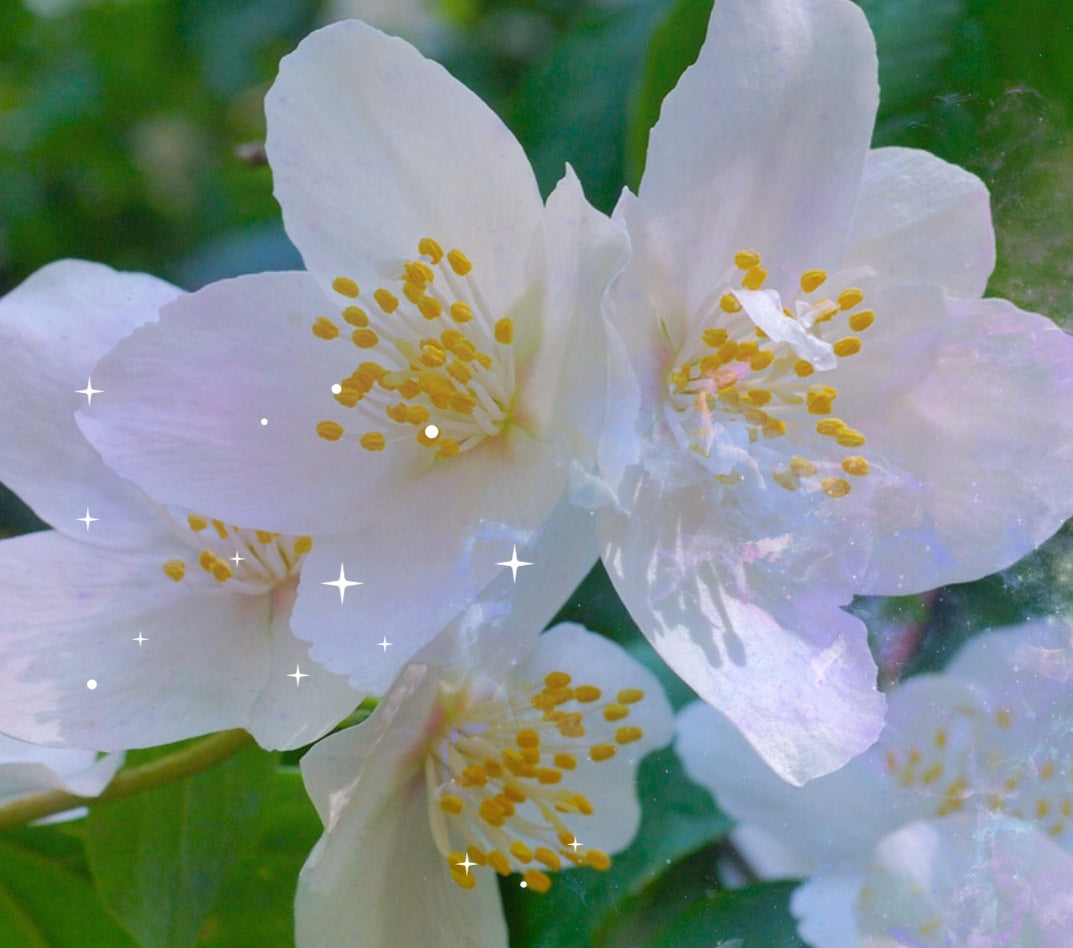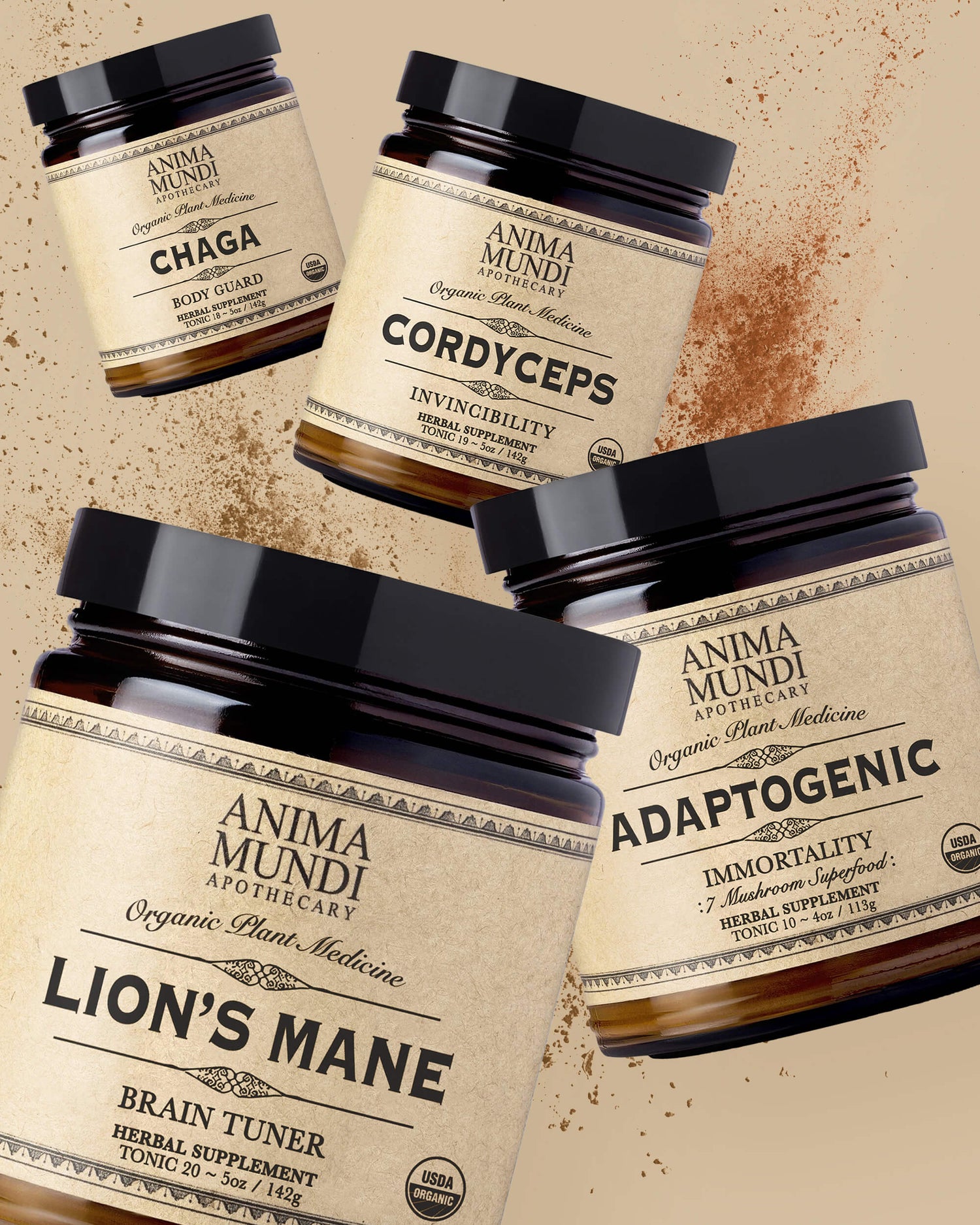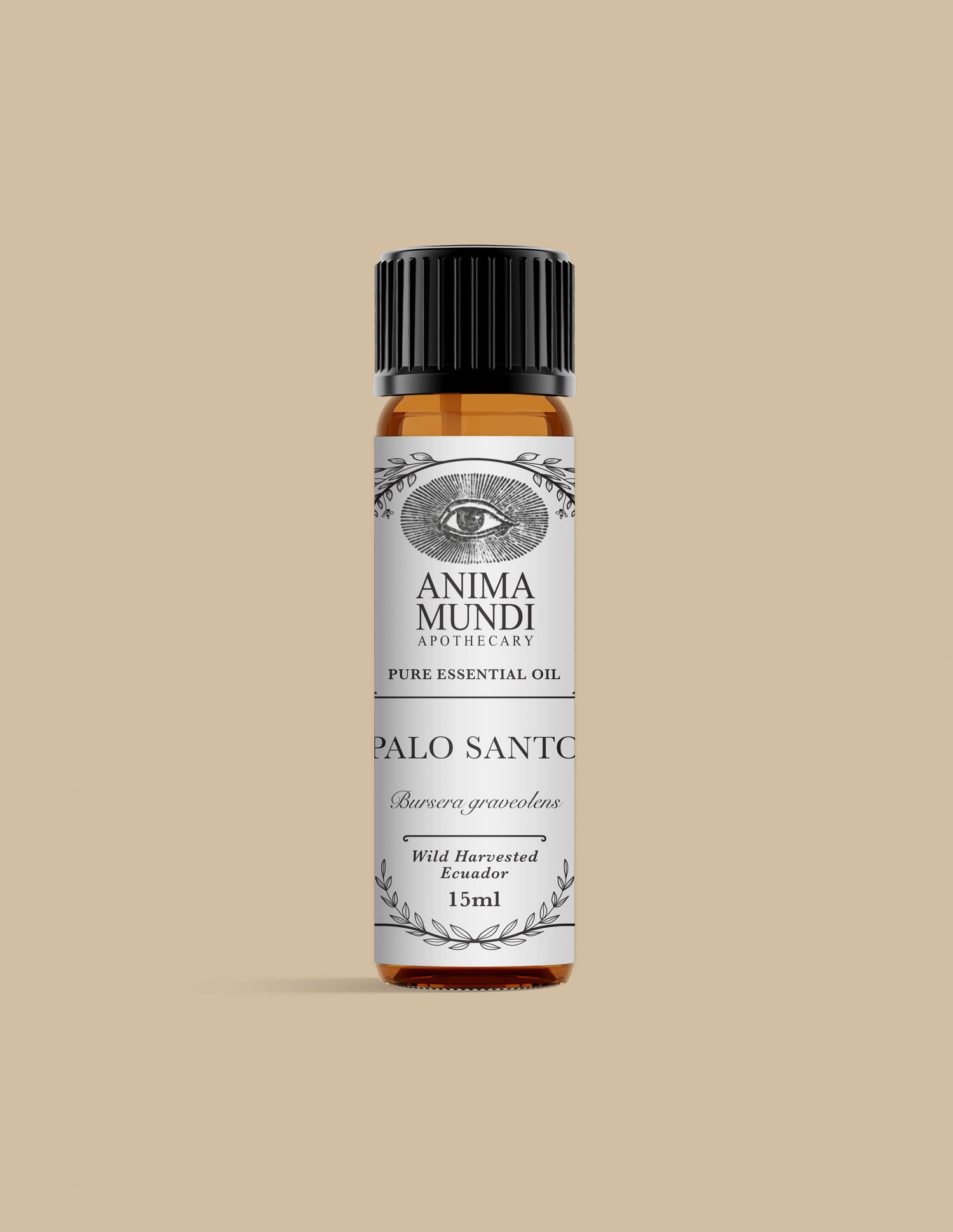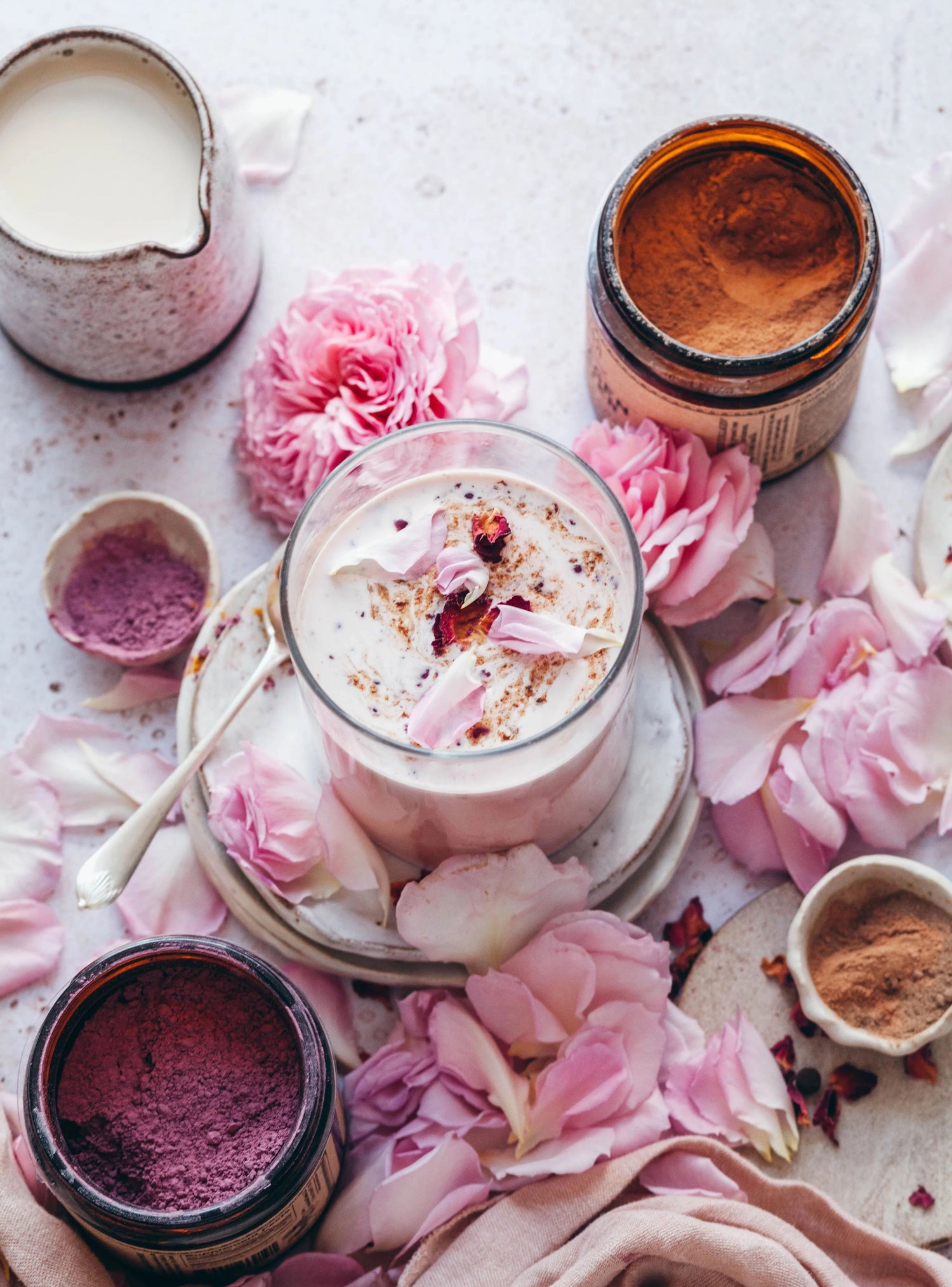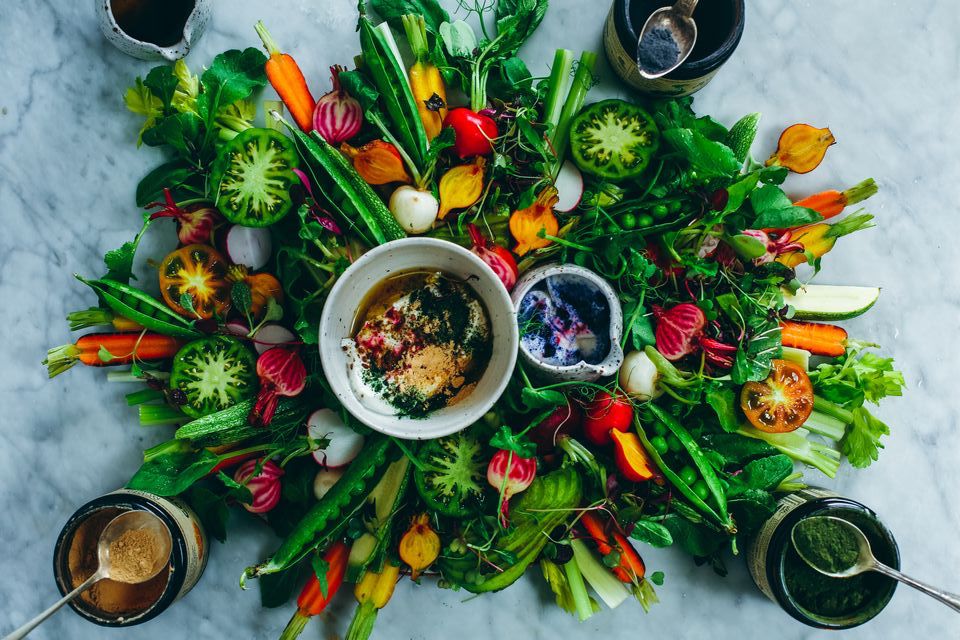The contemporary chakra system is a mixture of numerous influences both ancient and modern. The oldest teachings and practices can be traced back through Buddhist, Hindu and Taoist tantric and alchemical lineages, but the majority of information now taught about chakras has been developed in the last 200 years through a synthesis of modern yoga, theosophical philosophy and New Age teachings. There are vast differences between the descriptions and purposes of the chakra system in the root texts written over 1,000 years ago and what is now popular; specifically, the correlations between endocrine glands and nerve centers, as well as psychological and emotional attributes given to chakras, are relatively recent developments.
This historical perspective is important when making correlations between essential oils and the chakras. Aromatherapy will not induce the states of profound kundalini energy activation and deep meditative and transcendent states of consciousness described by ancient mystics, although it is very supportive of meditation and relaxation. The chakras can be used, however, as a system of classifying, understanding, and using essential oils according to their therapeutic benefits for the body and mind.
According to more recent Western influences, the chakras are a system of biopsychology that link mental and emotional states to the endocrine and nervous systems.
While this is radically different from the original meaning and purpose described in ancient texts, it is actually one of the best systems for correlating essential oils to the chakras, because of the direct influence fragrance has on mind and moods through the olfactory, limbic, and endocrine systems.
If we look at the chakras through the lens of modern neurology, we discover that their functions are found in different regions of the brain. Spiritual qualities such as emotional intelligence and empathy associated with the heart chakra, for example, are functions of the frontal lobe, whereas states of fear correlated with the first and second chakras are based in the amygdala. We can make correlations between aromatherapy and the chakras using this system, because fragrance immediately affects neurochemistry.
The most intriguing aspect of this model is the possibility that the chakras of the body are actually holographic projections of the centers in the brain.
Because the subject of the chakras is very esoteric with many different views about their nature and purpose, and the experience of them is very subtle and subjective, it is important to have justifiable and plausible reasons why specific oils might be related to specific chakras. Let’s dive into it!
Muladhara Chakra

This center is referred to as the root, or 1st chakra. It is said to be at the base of the spine below the sacrum. Anatomically, it is associated with the anus and excretion, while energetically it is considered to be the foundation and support of the subtle nervous system.
Energetically, any aromatherapy treatment that develops and strengthens a state of calm grounded centeredness can be said to support the positive earth qualities of the root chakra.
In classical systems, this center is connected to the qualities of the earth element. We can easily associate essential oils with earthy fragrances and calming, grounding and relaxing effects—such as vetiver, jatamansi and patchouli—with this chakra. Vetiver especially is excellent in massage oil blends, helping to reduce muscular and nervous tension; jatamansi also has strong relaxant effects, but because it is a member of the valerian family it is strongly psychoactive and can give vivid dreams.
The earth element also includes the lower end of the digestive tract, and can be correlated with the microbiome of the colon. Using this analogy, we could consider essential oils that help relax and regulate peristalsis in the colon, such as using fennel, lavender or clary sage in a carrier oil for abdominal massage.
Svadhishthana Chakra

This center is referred to as the 2nd chakra, and is said to be associated with the sexual organs and connected to the water element. The most obvious correlation with essential oils would be those that stimulate erotic pleasure, such as jasmine, ylang-ylang, and rosewood. These can be used in massage oils, aromatic baths and for anointing, and are known to have strong effects on both male and female hormonal systems and sexual arousal.
In a broader sense, any of the oils that support relaxation will also help activate sexual arousal and pleasure.
Interesting parallels can be seen between the botanical functions of pollination in flowers and the effects of floral oils on human reproductive systems, especially the female hormonal cycles. Essential oils such as lavender and clary sage could be viewed as distilled biorhythms of fertility from the flowering cycle of those species, which have direct impacts on the limbic and endocrine systems when inhaled. Therapeutically, these oils have regulating effects on human biorhythms, including sleep and menstrual cycles.
Fear is attributed to either the first or second chakra, depending on the source of information.
This is a case where the neurological model works well, because fear responses and traumatic memories take place in specific centers of the brain such as the amygdala. For treating PTSD and trauma memories, aromatherapy can be very helpful, but there is no specific essential oil that has a predictable effect on individuals; instead, a person should use the oil or blend that they enjoy the most as part of their ongoing retraining of the nervous system, as fragrance has a strong impact on memory and can be used as a pneumonic device to remind the brain of more relaxed mental and physical states.
Because of the link to the reproductive organs, the second chakra is also described in some lineages as being related to the “red and white essences”, meaning the nutritive uterine blood that supports the fertilized ovum, and the semen. These fluids are highly refined forms of the water element, which can be rejuvenated using herbs, diet, massage, and aromatherapy. Ayurveda states: “the sweet fragrances give youthfulness and long life,” indicating their fluid rebuilding aphrodisiac powers; the aroma of jasmine, for example, is said to directly rejuvenate the sexual essences. Any sweet floral oils can be used for this purpose, including rose, rosewood, ylang-ylang, and geranium.

Manipura Chakra

This center is referred to as the navel, or 3rd chakra, and is associated with the solar plexus. The yellow color traditionally ascribed to this “Jewel City” symbolizes its association with the fire element. The navel region is often described as the location of the digestive fire, and from that association we can link several species of essential oils.
The primary category of oils for this chakra are the spice oils. Tulsi, cinnamon, clove, oregano, and rosemary are among the oils that will strongly activate our digestive secretions through the olfactory sense. Spice oils are the most dermo-toxic and dangerous of all the essential oils, and should never be taken internally or applied on the skin; instead, simply inhaling them will stimulate the appetite, which is “enkindling agni,” the digestive fire, as is said in Ayurveda.
Activating the digestive fire using aromas of spice oils is an excellent example of the gut-brain axis, and the relationship between the nervous system, solar plexus and digestion.
The spice fragrances are carried through the olfactory system into the brain, which works through various mechanisms, including the vagus nerve, to stimulate the activity of the intestines.
Spice oils that stimulate digestive fire work on many important levels other than the local activation of digestive secretions. They enhance metabolism in general, and have significant emotional and psychological benefits. Specifically, they help metabolize and digest mental, sensory and emotional experiences, which helps us live in the present time without residues from the past. These functions also explain why these oils (and herbs) are described as giving courage, confidence, will power and motivation, all of which are psychological aspects of the 3rd chakra.

Anahata Chakra

This center is referred to as the heart, or 4th chakra. Different locations are given for this chakra depending on the source, including the spinal nerves behind the heart, the thymus gland, and in the heart itself. There are four categories of oils that could justifiably be correlated with this center: those that increase respiratory power and prana; those that deepen meditation and relaxation; those and evoke spiritual moods such as loving kindness, compassion, and empathy; and those that are associated with feelings of romantic love.
Because of its location in the center of the chest, and its classical correlation with the air element, essential oils that improve respiratory functions can be said to be related to this chakra.
Eucalyptus and conifer oils such as cypress would be the main group that fit this category. If we include the recent addition of the thymus gland to the model of this chakra, we could also consider that the respiratory oils assist the adaptive immune system, which is based on this gland’s function of maturing T cells, thymus cell lymphocytes.
Rose oil is without a doubt the supreme fragrance that has been associated with the spiritual and romantic aspects of the heart for centuries in various cultures. Sandalwood has also been described as one of the most spiritual of all fragrances. Both of these oils have a long history of being used in marma therapy for calming the mind, uplifting the mood and evoking spiritual moods. Anointing the heart center with rose or sandalwood (or both) is an excellent ritual of self-nourishment with immediate stress reducing powers. If we consider that many qualities of the heart chakra take place in the frontal lobe of the brain, we can understand why anointing the forehead and the 6th chakra would also be beneficial in similar ways, and also giving more direct inhalation through the olfactory system.

Vishuddha Chakra

This center is referred to as the throat, or 5th chakra. It is said to be related to the element of space. The primary categories of oils that could be correlated with this center are those that support respiratory function and power, especially those that directly benefit the voice.
In the Tibetan system, the throat chakra is the center of enlightened speech, meaning that our words are expressions of wisdom rather than disturbed emotions.
An excellent way to apply this teaching is to anoint the throat chakra with a drop of any essential oil that helps remind us to think before we speak, to measure our words carefully, and to be aware of the intention and tone of our speech. The sacred scents that support the qualities of the heart chakra are also applicable here, including sandalwood, frankincense and rose, and any of the floral oils that cool the mind such as lavender, geranium, and rosewood.
For treating physical blockages in the throat chakra from respiratory congestion or infections, essential oils have strong expectorant, antimicrobial and anti-inflammatory powers, that can be used in steam inhalation, chest compresses, direct palm inhalation and in diffusers. For those purposes the first choices would be the eucalyptus oils, conifer oils, frankincense, tea tree, thyme, tulsi, ravensara, and others in this category.

Ajna Chakra

This center is referred to as the 3rd eye; it is said to be located between the eyebrows. The pineal gland has been known since antiquity, but it has only recently been postulated that it is the location of this chakra.
Aromatherapy in general could be correlated with this chakra, because of the close anatomical relationship between the sinuses, olfaction, and the brain.
Specifically, oils that clear the sinuses—including eucalyptus, conifers, and frankincense—are also oils that increase oxygenation, which in turn clear the mind, support concentration and elevate the mood. These oils are also excellent for enhancing pranayama, which is the basis of most chakra practices, both ancient and contemporary. Through these combined actions, aromatherapy can be very helpful for overcoming drowsiness and mental dullness during meditation sessions.
The second group of oils that can be used for this chakra are more ritualistic in nature, such as anointing the forehead with sandalwood oil. However, these practices also have a physiological and therapeutic basis, which could be related to calming the nervous system, supporting frontal lobe activity, or possibly having positive effects on brain wave activity.

Sahasrara Chakra

Known as the “1,000 petaled lotus,” this is said to be the 7th or crown chakra. Depending on the source of information, it is located at the fontanelle at the top of the head, above the head, or in several other possible locations.
By far the most esoteric of the chakras, with functions that are in the realm of deep meditative and spiritual dimensions, it is difficult to make simple correlations with aromatherapy.
The easiest way would be to consider the long history of anointing the crown of the head with sacred aromatic oils during blessing rituals and ceremonies, which enhance spiritual moods and elevate consciousness. Traditionally, these were the “sacred scents”, such as frankincense, myrrh, sandalwood, agarwood, cistus, and others.
One of the traditional Ayurvedic treatments that directly affects the 6th and 7th chakras is shirodhara, the warm oil cascade over the head. This has immense benefits for inducing deep relaxation, with profound healing effects on the nervous and endocrine systems. Aromatherapy can be integrated into this treatment in different ways, including scenting of the oil, anointing the forehead, neck or ear points, or a diffuser; some of the best oils for enhancing the meditative states of created by shirodhara are sandalwood, rose, rosewood, and vetiver.
To keep reading about how Anima Mundi’s sustainable essential oils are cultivated, click here.





